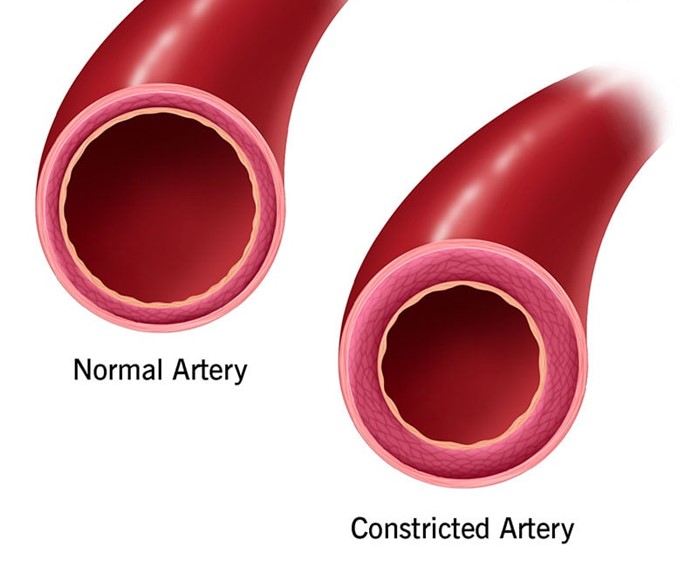A patient who is hypotensive is receiving dopamine, an adrenergic agonist IV at the rate of 6 mcg/kg/min. Which intervention should the nurse implement when administering this medication?
Implement seizure precautions.
Monitor serum potassium frequently.
Ensure pump accuracy to prevent toxicity.
Encourage the patient to ambulate every hour.
The Correct Answer is C
Choice A reason: This is incorrect because seizure precautions are not indicated for dopamine administration. Dopamine does not lower the seizure threshold or cause convulsions.
Choice B reason: This is incorrect because monitoring serum potassium frequently is not necessary for dopamine administration. Dopamine does not affect potassium levels or cause hyperkalemia or hypokalemia.
Choice C reason: This is correct because ensuring pump accuracy to prevent toxicity is essential for dopamine administration. Dopamine is a potent vasoconstrictor that can cause tissue necrosis, gangrene, and hypertension if overdosed.
Choice D reason: Dopamine is given to hypotensive patients, meaning they may be weak, dizzy, or at risk of falls. Ambulating frequently could worsen hypotension and increase fall risk rather than help the patient. Instead, the nurse should monitor the patient’s hemodynamic status and ensure bed rest as needed until blood pressure stabilizes.

Nursing Test Bank
Naxlex Comprehensive Predictor Exams
Related Questions
Correct Answer is C
Explanation
Choice A: Remove the catheter and palpate the client's bladder for residual distention. This is not the best action, as it may cause discomfort and trauma to the client. The catheter should not be removed until the bladder is fully emptied or up to 1,000 mL of urine is drained, as removing it too soon may cause urinary retention or infection.
Choice B: Remove the catheter and replace with an indwelling catheter. This is not the best action, as it may cause unnecessary exposure and trauma to the client. The catheter should not be replaced unless ordered by the healthcare provider, as replacing it may increase the risk of infection or urethral injury.
Choice C: Allow the bladder to empty completely or up to 1,000 mL of urine. This is the best action, as it can prevent bladder spasms, overdistention, or rupture. The nurse should monitor the urine output and color, and document the amount and characteristics of urine drained.
Choice D: Clamp the catheter for thirty minutes and then resume draining. This is not the best action, as it may cause pain and discomfort to the client. The catheter should not be clamped unless ordered by the healthcare provider, as clamping it may increase the risk of infection or bladder damage.
Correct Answer is ["B","C","D","F"]
Explanation
Choice B is correct because sodium intake can be regulated by limiting canned foods in the diet. Canned foods often contain high amounts of sodium as a preservative, which can increase blood pressure and fluid retention. The nurse should advise the client to choose fresh or frozen foods instead of canned foods or rinse them before eating.
Choice C is correct because salt substitutes can help with maintaining a healthy diet by reducing sodium intake. Salt substitutes are products that contain potassium chloride or other ingredients that mimic the taste of salt but have less or no sodium. The nurse should advise the client to use salt substitutes sparingly and check with their healthcare provider before using them if they have kidney problems or take certain medications.
Choice D is correct because weight management is promoted by taking daily walks for thirty minutes. Being overweight or obese can increase blood pressure and strain the heart and blood vessels. The nurse should advise the client to lose weight or maintain a healthy weight by engaging in regular physical activity and eating a balanced diet.
Choice F is correct because uncontrolled hypertension can lead to renal damage. High blood pressure can damage the blood vessels in the kidneys and impair their function, leading to chronic kidney disease or failure. The nurse should advise the client to monitor their blood pressure regularly and take prescribed medications as directed.
Choice A is incorrect because alcohol consumption can produce vascular changes that increase blood pressure. Alcohol can cause vasodilation, which lowers blood pressure temporarily, but also stimulates the sympathetic nervous system, which raises blood pressure over time. The nurse should advise the client to limit alcohol intake to no more than one drink per day for women and two drinks per day for men.
Choice E is incorrect because blood pressure readings should not be taken at noontime. Blood pressure readings should be taken at the same time each day, preferably in the morning before breakfast or in the evening before dinner, when blood pressure is usually lower and more stable. The nurse should advise the client to avoid taking blood pressure readings when they are stressed, anxious, or have just exercised or eaten.
Whether you are a student looking to ace your exams or a practicing nurse seeking to enhance your expertise , our nursing education contents will empower you with the confidence and competence to make a difference in the lives of patients and become a respected leader in the healthcare field.
Visit Naxlex, invest in your future and unlock endless possibilities with our unparalleled nursing education contents today
Report Wrong Answer on the Current Question
Do you disagree with the answer? If yes, what is your expected answer? Explain.
Kindly be descriptive with the issue you are facing.
